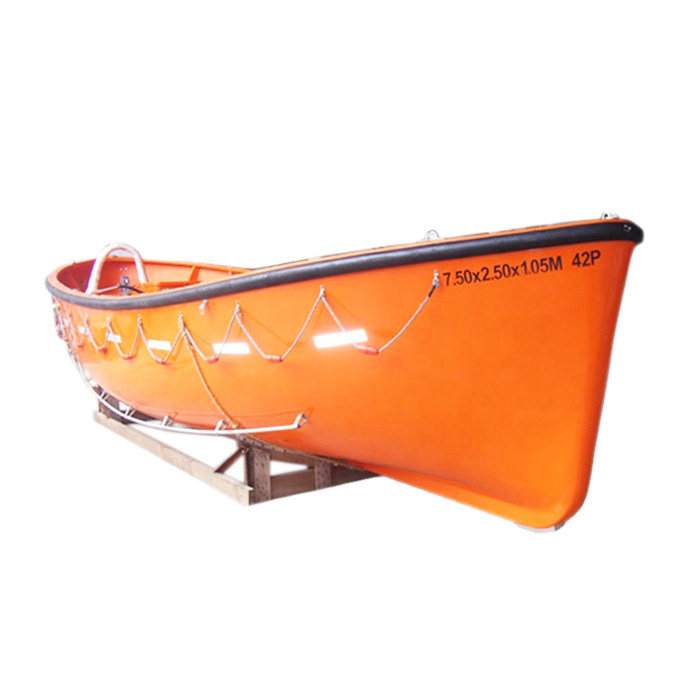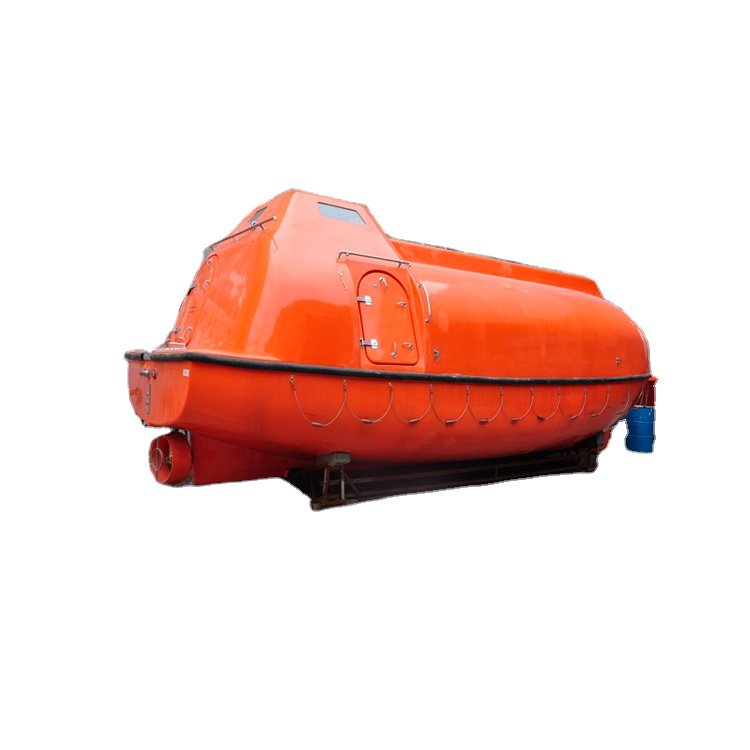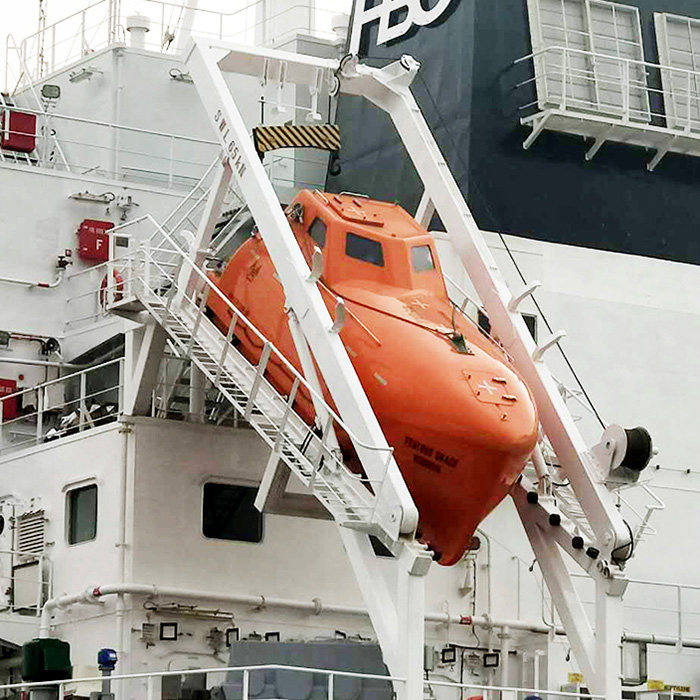Lifeboats, crucial elements of maritime safety equipment, play a pivotal role in ensuring the well-being of individuals at sea during emergencies. Over the years, various types of lifeboats have been developed to meet diverse maritime needs, offering solutions for evacuating and safeguarding crew and passengers. This article delves into the different categories of lifeboats, exploring their designs, specific applications in maritime safety, and key considerations for selecting the most suitable lifeboat.
Diverse Types of Lifeboats
Open Lifeboats:
Simple and traditional, often constructed with durable materials like fiberglass. Suitable for quick boarding, manually propelled by oars or a small outboard motor. Common on smaller vessels.

Enclosed Lifeboats:
Equipped with a protective canopy or roof for added shelter against the elements. Appropriate for various vessels, including cargo ships, passenger ships, and offshore platforms. Often equipped with survival gear and communication systems.

Freefall Lifeboats:
Specifically designed for rapid deployment, launched by freefall from an elevated position on the ship. Freefall lifeboats ensure quick and efficient entry into the water during emergencies.

Fast Rescue Craft:
Small and agile vessels for rapid response and rescue operations. Found on larger vessels like passenger ferries, cruise ships, and offshore installations. Designed for quick maneuverability in emergencies.
Davit-Launched Lifeboats:
Launched using mechanical davits, commonly used on ships and offshore platforms. Versatile, available in open or enclosed designs, known for their reliability and ease of use.
Inflatable Lifeboats:
Featuring inflatable tubes for buoyancy and stability. Lightweight and easy to store, commonly used on smaller vessels like yachts and offshore installations. Available in open or enclosed designs.
Combination Lifeboats:
Combine features from various types to provide a comprehensive solution. For example, a combination lifeboat may have an enclosed design with inflatable elements, aiming to enhance safety and versatility.
Key Considerations for Selection
Vessel Type and Size:
Consider the size and type of the vessel to determine lifeboat capacity and necessary features.
Occupancy Capacity:
Evaluate the maximum number of people the lifeboat must accommodate during emergencies.
Operational Environment:
Assess typical operating conditions to choose a lifeboat designed to withstand specific sea conditions.
Launch and Recovery Method:
Consider the vessel’s layout and evacuation speed when selecting between davit-launched or freefall lifeboats.
Survivability Features:
Evaluate stability, self-righting capabilities, and the ability to withstand extreme weather conditions.
Accessibility and Ease of Boarding:
Consider features like ladders or platforms to ensure quick and easy boarding, especially in challenging conditions.
Special Requirements:
Determine any specific requirements based on the vessel’s operations, such as the need for rapid evacuation or additional safety measures.
Regulatory Compliance:
Ensure the selected lifeboat complies with international and national regulations and standards.
Training and Familiarization:
Consider training requirements to ensure crew members are adept at operating the selected lifeboat during emergencies.
Maintenance and Inspection:
Assess the ease of maintenance and inspection to ensure the lifeboat remains in optimal condition.
Cost Considerations:
Balance safety considerations with overall costs, including purchase, installation, training, and ongoing maintenance.
Conclusion
The diversity in lifeboat designs reflects the evolving challenges of maritime safety. Each type of lifeboat serves a specific purpose, and selecting the right one requires a thorough examination of vessel characteristics, operational environments, and safety requirements. By carefully considering these factors, vessel operators can ensure that the chosen lifeboat is well-suited to handle emergencies, playing a critical role in maritime safety and evacuation procedures.






